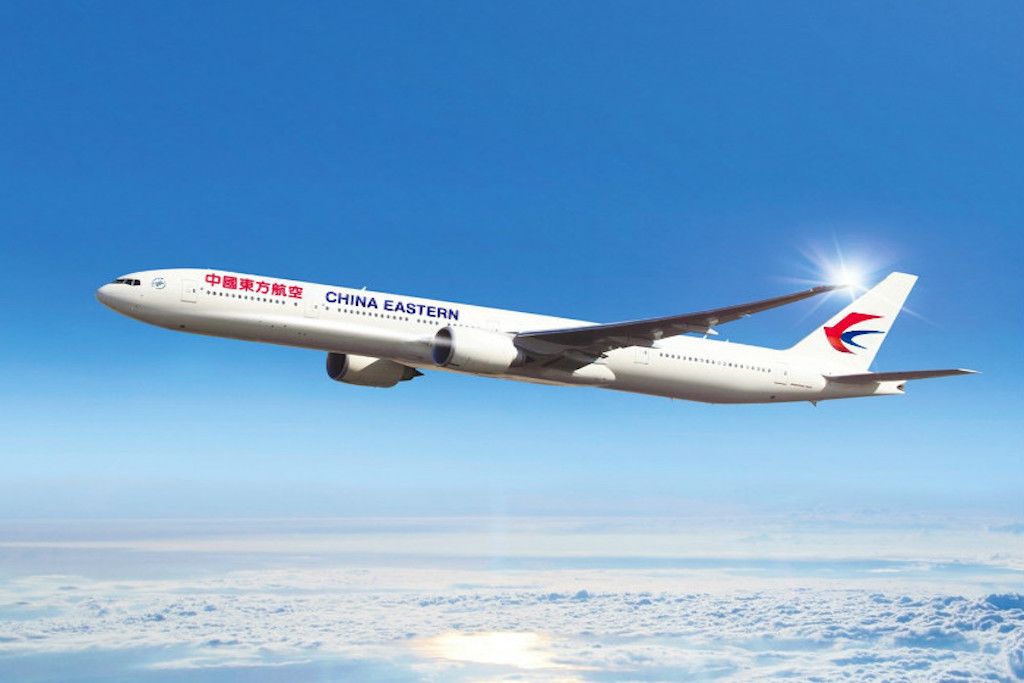China’s three largest airlines, Air China, China Southern, and China Eastern, released their 2020 results, reporting steep losses for the year. This was despite the country emerging relatively early from the worst of the Covid-19 crisis and despite the vast domestic market the carriers enjoy.
Airline industry analysts held China up as an example of what the future held for the world’s airlines if the disease were contained. Pent-up demand for holidays and to visit friends and family would drive a domestic leisure recovery. Airlines that had large domestic markets, as in China, Russia, Brazil, and the U.S., would see their fortunes change earlier than the rest of the world.
And China was different than anywhere else. While the International Monetary Fund estimates global GDP contracted by more than 3 percent last year, China’s bucked the trend and grew by more than 2 percent. All of these factors should have redounded to the benefit of the country’s airlines.
And they did, but with the the Chinese Big Three’s annual reports, a more complicated picture emerges. Collectively, the three airlines lost more than $5 billion last year. Air China reported a full-year loss of $2.2 billion; China Eastern, $2.1 billion; and China Southern, $1.8 billion. Revenues at all three were roughly half of 2019 levels.
Domestic traffic for China Southern and Air China contracted by about 30 percent last year, compared with 2019, while China Eastern saw its domestic traffic fall by about 22 percent. International traffic at all three collapsed, falling by more than 80 percent for all three. Regional traffic — flights to Hong Kong, Macau, and Taiwan — fell by about 90 percent as those destinations imposed among the strictest quarantine measures in the world.
By the end of last year, China’s three largest carriers had reported demand returning to 90 percent of 2019 levels, but that changed quickly. Fresh Covid outbreaks early this year prompted the Chinese government to impose new travel restrictions during the Lunar New Year holiday. Those have since eased.
All three airlines expect this year to be the inflection point and expect demand to rise, starting with national holidays in May. The three airlines have filed for hundreds of new routes for the May-October period, according to the Civil Aviation Administration of China.
This year marks the start of the central government’s 14th Five-Year Plan, with the ambition “to build China into a modern socialist country,” with a per capita GDP of $30,000. This is a “critical period” for Air China to vault itself into the “top-tier” of global airlines, the carrier said.
The pandemic itself could pose a challenge to these ambitions, at least this year, as China experienced during the Lunar New Year. New outbreaks or a slower-than-expected vaccination pace could hinder the recovery of demand, particularly for international travel, China Eastern said.
All three airlines reported strong cargo revenues, despite far lower capacity due to the grounding of much of their international networks and widebody operations. Freight yields were up 100 percent at Air China, 79 percent at China Southern, and 73 percent at China Eastern.
Special Offer: Choose From Quarterly or Annual Subscription Plans
{{monthly_count}} of {{monthly_limit}} free stories left to read
SubscribeAlready a member? Sign in here
You Need an Airline Weekly Susbcription to Read This Story
Your story count resets on {{monthly_reset}}
Already a member? Sign in here
